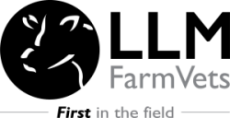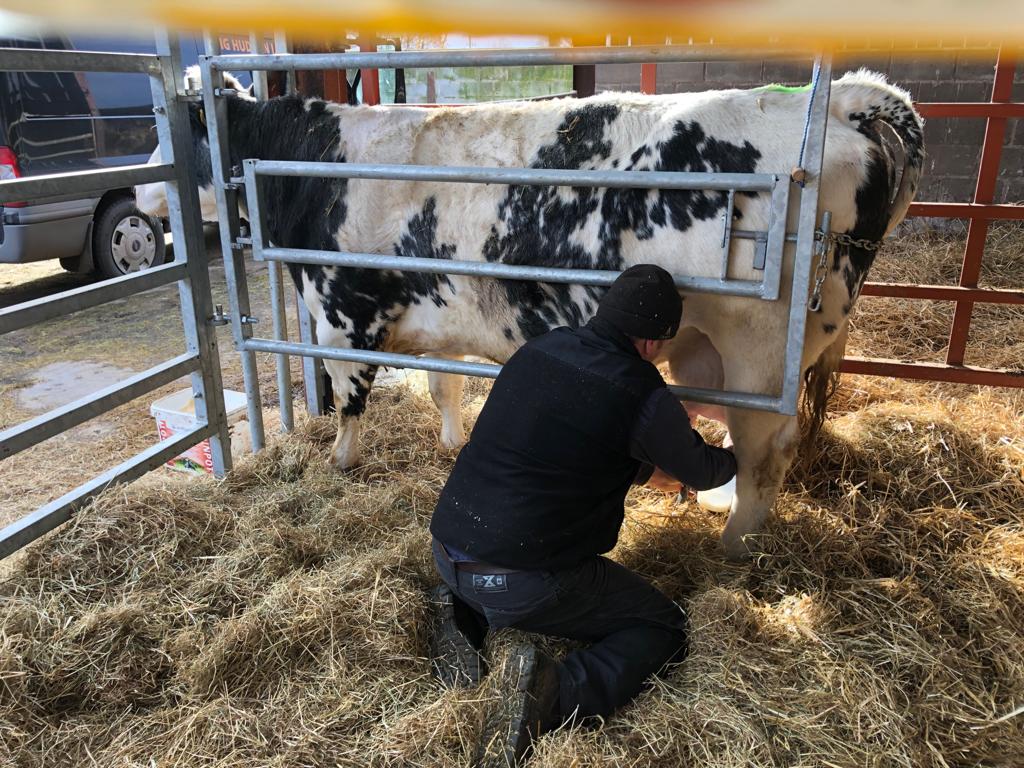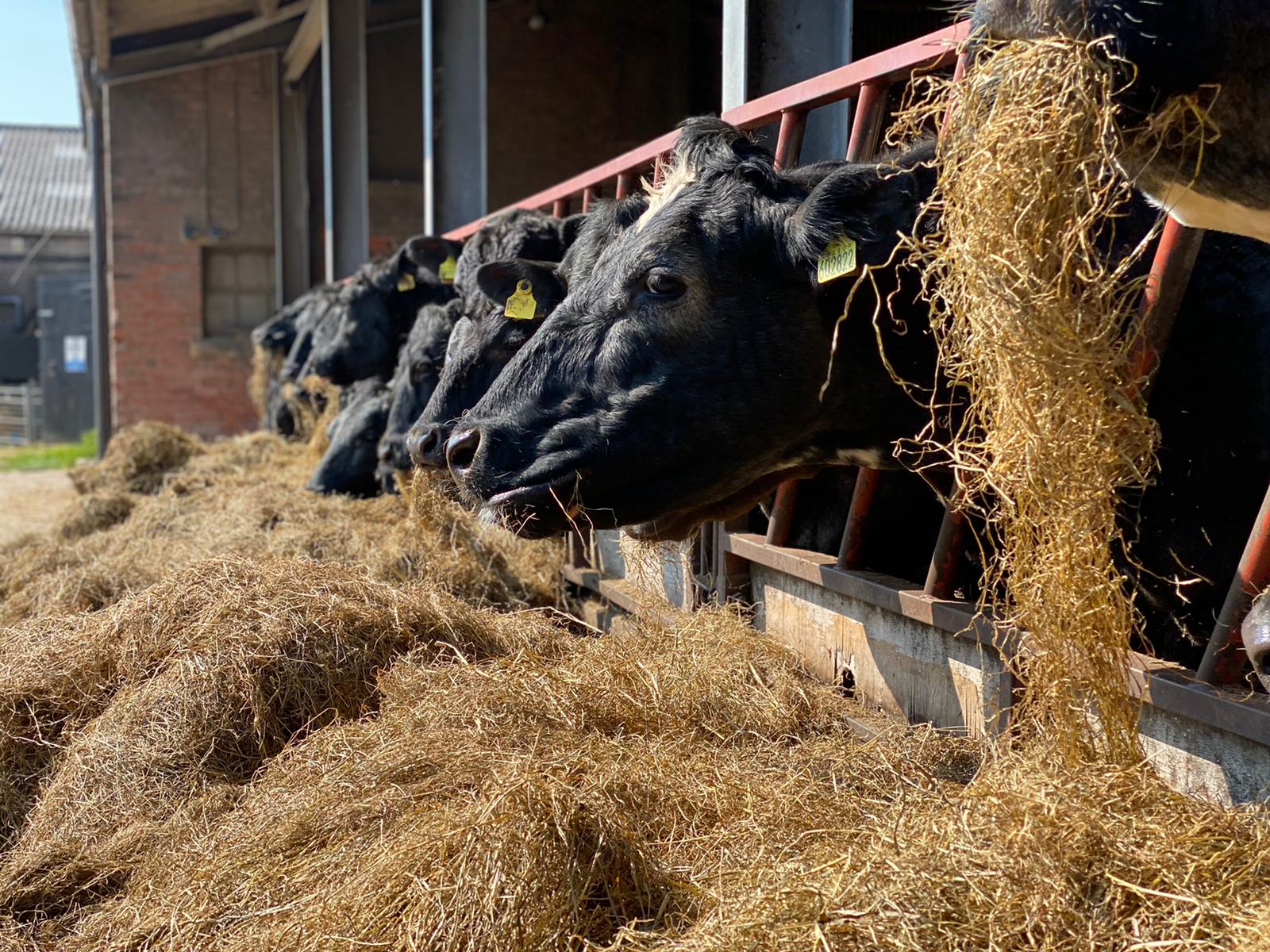Cows coming in for autumn housing, many of you will be doing some annual vaccination boosters. So Tom J is offering some helpful reminders on timings.
We can all agree that vaccinations are a key part in ensuring the health of your herd. Protecting against some of the common endemic diseases seems simple at first glance; once the cows have received their primary course they then continue with regular booster immunisations to keep them protected. Stick to the timings on the datasheet and it’s all very straightforward.
Unfortunately, it becomes slightly less easy to manage once we bring heifers into the equation. Do your protocols provide a watertight means of ensuring that all heifers are fully protected once they calve into the main herd? Critically are they covered at all stages of their next pregnancy?
The common pitfall comes in assuming that because maiden heifers were vaccinated prior to service that they will then be safe until they receive vaccination boosters with the rest of the herd as milking heifers. But that can depend very much on the month of the year that an individual calves. If she calves a month after the herd booster then it will be another eleven months until she gets a booster; meaning that it could potentially be almost two years between immunisations. As a result, she may well be unprotected when she next falls in calf, opening the door for pathogens such as BVD to cause trouble.
For example, if we consider for ease a vaccine that has a single-shot primary course and a twelve-month booster interval. As we can see there is the potential for a large gap in immunity for some heifers – and the opportunity for disease to gain a foothold. It is crucial that we design vaccination protocols so that heifers are not able to fall through the gaps. Your routine vet will be happy to help you draw up a plan to ensure that all animals are protected.












Leave A Comment